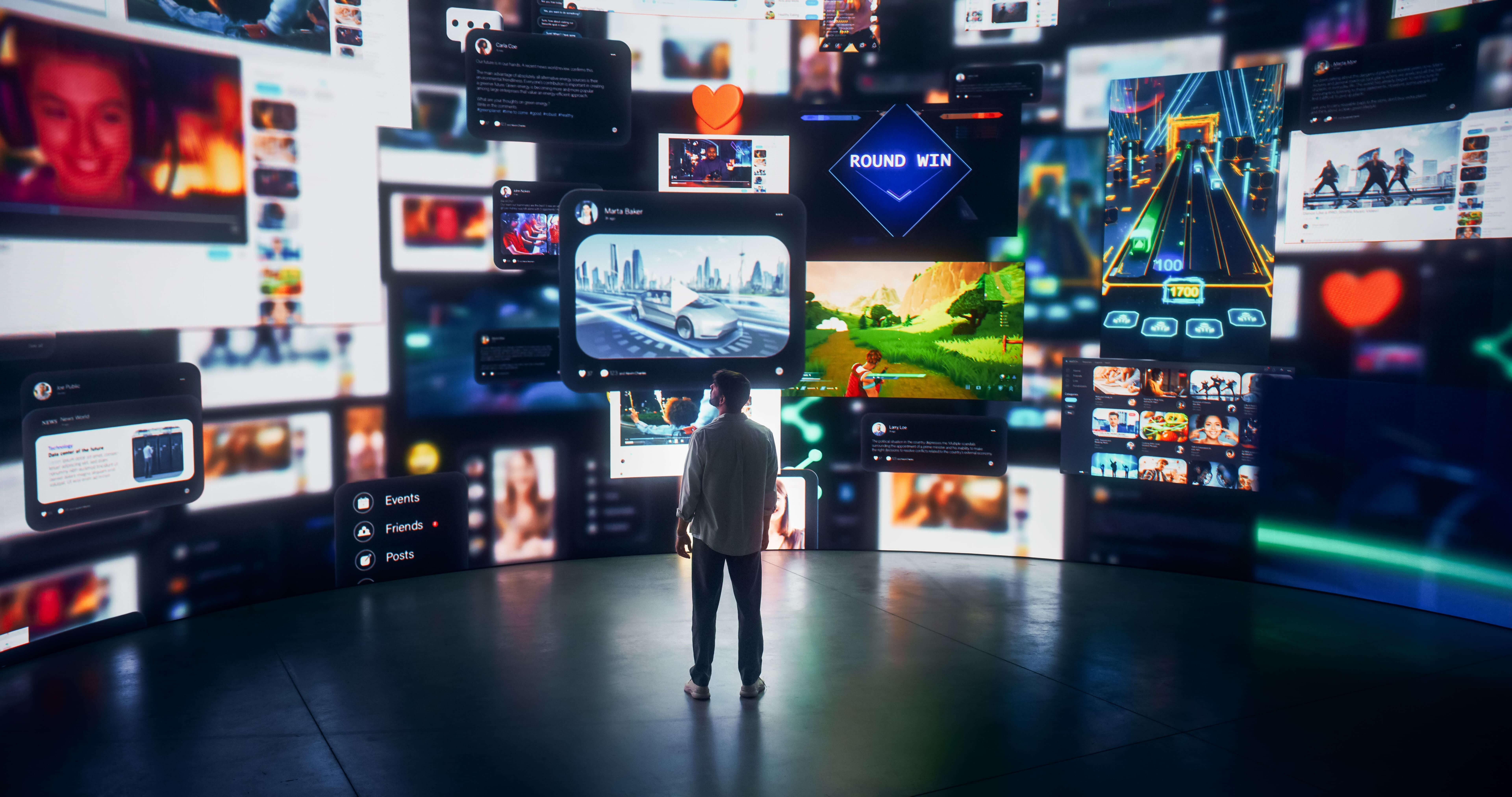Augmented reality (AR) technology has transformed the digital landscape, offering immersive experiences that merge the virtual with the real world. As AR continues to evolve, developers and designers are challenged with optimizing these applications to deliver smooth performance and an engaging user experience. This guide offers essential tips for refining AR apps, ensuring they are not only functional but also enjoyable for users.
Focus on Performance Efficiency
1. Optimize Assets: The foundation of a well-performing augmented reality app lies in the efficiency of its assets. High-resolution textures and complex models can significantly slow down an app. Opt for low-polygon models and compress textures without compromising too much on quality to ensure your AR app runs smoothly across various devices.
2. Efficient Rendering: Rendering efficiency is critical in augmented reality applications. Implement techniques such as occlusion culling, which prevents the rendering of objects not currently seen by the camera, saving valuable processing power. Additionally, consider using Level of Detail (LOD) to adjust the complexity of models based on their distance from the user.
3. Streamline AR Frameworks and SDKs: Choose the right AR framework and SDK that align with your app's requirements and target audience. Some frameworks are more suited for complex, high-fidelity experiences, while others are optimized for broader compatibility and easier deployment. Regular updates and optimizations to these frameworks can also contribute to better app performance.
Enhancing User Experience
4. Intuitive UI/UX Design: The user interface (UI) and user experience (UX) design play a pivotal role in the success of an augmented reality app. Ensure that interactions are intuitive and the UI does not clutter the AR view. A good practice is to guide users with onboarding tutorials or hints, making the AR experience more accessible to first-time users.
5. Responsive and Adaptive: An optimized AR app should be responsive to the user's environment and lighting conditions. Implement adaptive brightness and contrast adjustments to ensure that digital elements are visible and blend naturally with the real world, enhancing the overall immersive experience.
6. Minimize Latency: For augmented reality applications, any delay between user actions and visual feedback can significantly impair the experience. Focus on reducing latency to ensure real-time responsiveness, especially in apps that involve interactive elements or real-time tracking.
Conclusion:
The Path to Optimized AR Experiences
Optimizing augmented reality apps for performance and user experience is a multifaceted process that requires attention to detail and a deep understanding of AR technology. By focusing on efficient asset management, rendering techniques, and intuitive design, developers can overcome common challenges, paving the way for seamless and engaging AR experiences. As the field of augmented reality continues to grow, embracing these optimization strategies will be key to unlocking the full potential of AR technology, creating apps that not only function flawlessly but also deliver unforgettable experiences to users.




